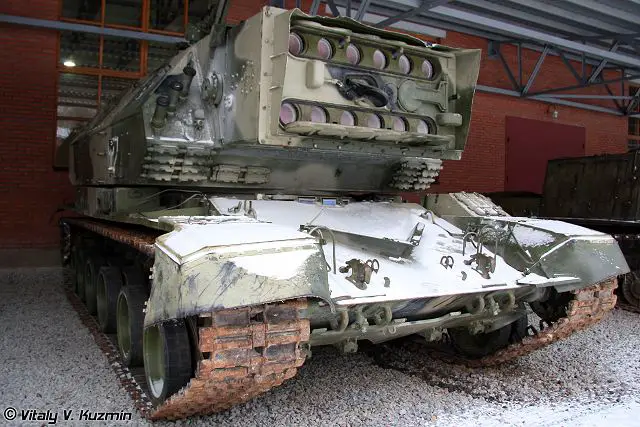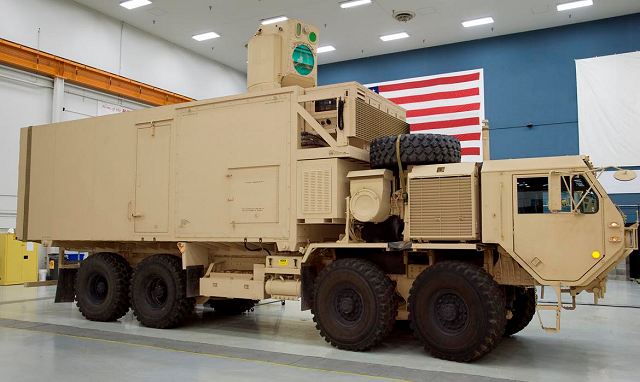Breaking news
Russia works for the development of a laser tank able to destroy optical-electronic equipment 12007152.
|
|
|||
|
Defence & Security News - Russia
|
|||
|
|
|||
| Russia works for the development of a laser tank able to destroy optical-electronic equipment. | |||
|
Russian defense industry works for the development of a new laser tank able of burning out all enemy optics within direct line of sight in fractions of a second. By the mid-1970s, Russia has started the development of the 1K17 "Compression".
|
|||
|
|
|||
 Project of Self-propelled laser system 1K17 Compression in Russian Military Technical museum (Photo Vitaly Kuzmin) Project of Self-propelled laser system 1K17 Compression in Russian Military Technical museum (Photo Vitaly Kuzmin) |
|||
|
|
|||
|
The 1K17 Compression is a self-propelled laser vehicle using a 2S19 Msta-S chassis with a battery of laser projectors mounted in the turret. It was developed by the Soviet Union in order to disable the optical-electronic equipment of enemy missiles, ground and aerial vehicles. In 1982, it built the first full-size prototype of an energy weapon for a ground vehicle and installed in on a tracked chassis. In 1992, the first prototypes rolled out of the factory, but the economic chaos in the wake of the Soviet collapse forced the government to cancel the program.In December 2014, the US Navy announced that it had deployed and fired a laser weapon this fall aboard a warship in the Persian Gulf. During a series of test shots, the laser hit and destroyed targets mounted atop a small boat, blasted a six-foot drone from the sky, and destroyed other moving targets. The American Company Boeing, has also developed a laser weapon mounted on a truck, the HEL TD (High Energy Laser Technology Demonstrator). The truck-mounted system is designed to provide increased ability to counter rockets, artillery, mortars and threats from unmanned aircraft. |
|||
|
|
|||
 Boeing laser truck Boeing laser truck |
|||



















